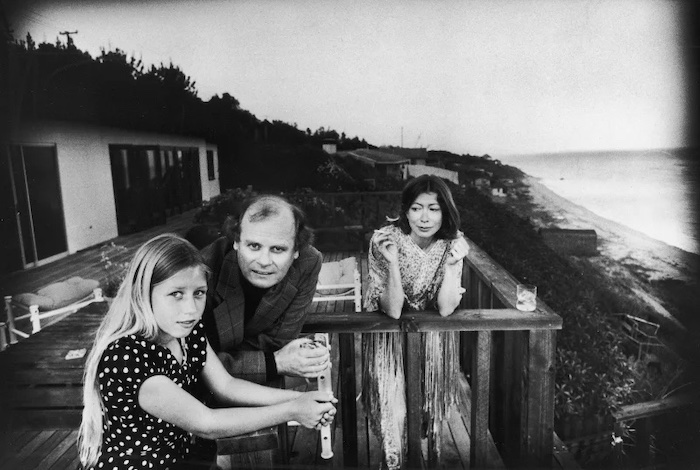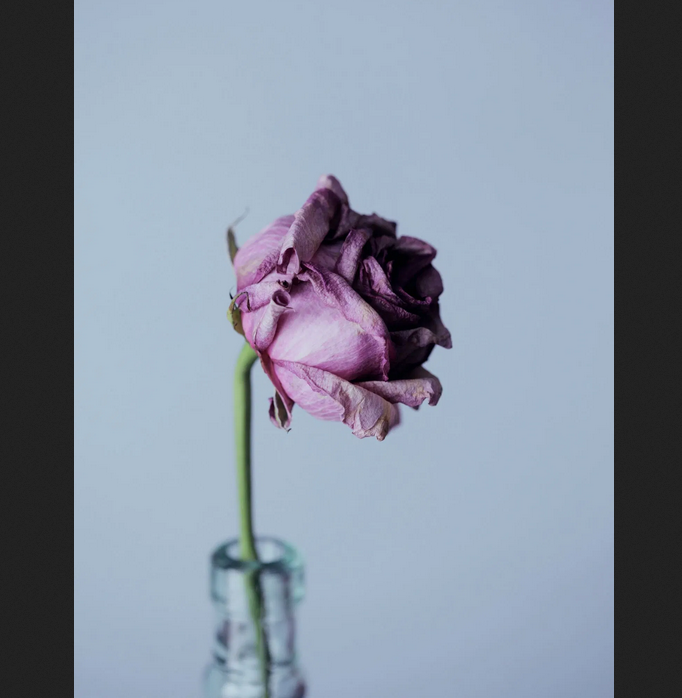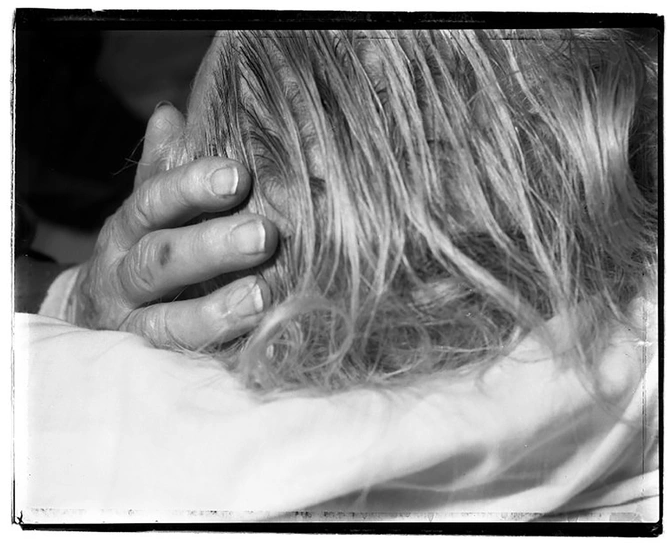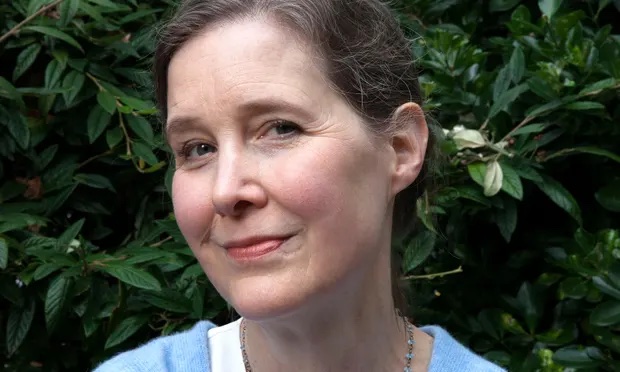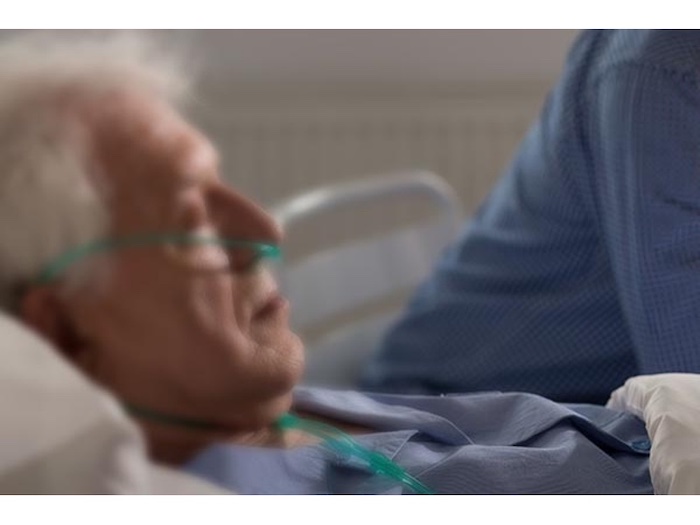Lessons my terminal cancer has taught me about the mind

When a routine echocardiogram revealed a large mass next to my heart, the radiologist thought it might be a hiatal hernia—a portion of my stomach poking up through my diaphragm to press against the sac containing my heart.
“Chug this can of Diet Dr. Pepper and then hop up on the table for another echocardiogram before the soda bubbles in your stomach all pop.”
So I did. However, the resulting images showed that the mass did not contain the telltale signature of bursting bubbles in my stomach that would support a hernia diagnosis. A few weeks later, an MRI scan, which has much better resolution, revealed that the mass was actually contained within the pericardial sac and was quite large—about the volume of that soda can. Even with this large invader pressing on my heart, I had no symptoms and could exercise at full capacity. I felt great.
The doctors told me that the mass was most likely to be a teratoma, a clump of cells that is not typically malignant. Their outlook was sunny. Riffing on the musical South Pacific, my cardiologist said, “We’re gonna pop that orange right out of your chest and send you on your way.”
While I was recovering from surgery, the pathology report came back and the news was bad—it wasn’t a benign teratoma after all, but rather a malignant cancer called synovial sarcoma. Because of its location, embedded in my heart wall, the surgeon could not remove all of the cancer cells. Doing so would have rendered my heart unable to pump blood. The oncologist told me to expect to live an additional six to 18 months.
I was absolutely white-hot angry at the universe. Heart cancer? Who the hell gets heart cancer?! Is this some kind of horrible metaphor? This is what’s going to take me away from my beloved family, my cherished friends and colleagues? I simply couldn’t accept it. I was so mad, I could barely see.
[And now comes the part where I’m weeping while I type.]
Five years ago, I met Dena and we fell for each other hard. This wasn’t mere “chemistry”; it was more akin to particle physics—a revelation of the subatomic properties of love. Dena has uplifted me with her pure and unconditional affection, her kindness, beauty, optimism, and keen intelligence. She is the best wife anyone could want, and she is way better than I deserve. Leaving her behind will be the very hardest part of this whole awful situation.
Until the moment of that diagnosis six months ago, I had been the luckiest man in town. My twins, Jacob and Natalie, have been nothing but a delight for 25 years. I’ve been fortunate to have a long career in academic science with the freedom to pursue my own ideas, which is a gift like no other. My good friends are a constant source of joy and amusement. By any reasonable measure, I’ve had a great life, full of love, creativity, and adventure.
I may be dying, but I’m still a science nerd, and so I think about what preparing for death has taught me about the human mind. The first thing, which is obvious to most people but had to be brought home forcefully for me, is that it is possible, even easy, to occupy two seemingly contradictory mental states at the same time. I’m simultaneously furious at my terminal cancer and deeply grateful for all that life has given me. This runs counter to an old idea in neuroscience that we occupy one mental state at a time: We are either curious or fearful—we either “fight or flee” or “rest and digest” based on some overall modulation of the nervous system. But our human brains are more nuanced than that, and so we can easily inhabit multiple complex, even contradictory, cognitive and emotional states.
This leads me to a second insight: The deep truth of being human is that there is no objective experience. Our brains are not built to measure the absolute value of anything. All that we perceive and feel is colored by expectation, comparison, and circumstance. There is no pure sensation, only inference based on sensation. Thirty minutes fly by in a conversation with a good friend, but seem interminable when waiting in line at the DMV. That fat raise you got at work seems nice until you learn that your co-worker got one twice as large as yours. A caress from your sweetheart during a loving, connected time feels warm and delightful, but the very same touch delivered during the middle of a heated argument feels annoying and presumptuous, bordering on violation.
If someone had told me one year ago, when I was 59, that I had five years left to live, I would have been devastated and felt cheated by fate. Now the prospect of five more years strikes me as an impossible gift. With five more years, I could spend good times with all of my people, get some important work done, and still be able to travel and savor life’s sweetness. The point is that, in our minds, there is no such thing as objective value, even for something as fundamental as five years of life.
The final insight of my situation is more subtle, but it’s also the most important. Although I can prepare for death in all sorts of practical ways—getting my financial affairs in order, updating my will, writing reference letters to support the trainees in my lab after I’m gone—I cannot imagine the totality of my death, or the world without me in it, in any deep or meaningful way. My mind skitters across the surface of my impending death without truly engaging. I don’t think this is a personal failing. Rather, it’s a simple result of having a human brain.
The field of neuroscience has changed significantly in the 43 years since I joined it. I was taught that the brain is essentially reactive: Stimuli impinge on the sense organs (eyes, ears, skin, etc.), these signals are conveyed to the brain, a bit of computation happens, some neural decisions are made, and then impulses are sent along nerves to muscles, which contract or relax to produce behavior in the form of movement or speech. Now we know that rather than merely reacting to the external world, the brain spends much of its time and energy actively making predictions about the future—mostly the next few moments. Will that baseball flying through the air hit my head? Am I likely to become hungry soon? Is that approaching stranger a friend or a foe? These predictions are deeply rooted, automatic, and subconscious. They can’t be turned off through mere force of will.
And because our brains are organized to predict the near future, it presupposes that there will, in fact, be a near future. In this way, our brains are hardwired to prevent us from imagining the totality of death.
If I am allowed to speculate—and I hold that a dying person should be given such dispensation—I would contend that this basic cognitive limitation is not reserved for those of us who are preparing for imminent death, but rather is a widespread glitch that has profound implications for the cross-cultural practice of religious thought. Nearly every religion has the concept of an afterlife (or its cognitive cousin, reincarnation). Why are afterlife/reincarnation stories found all over the world? For the same reason we can’t truly imagine our own deaths: because our brains are built on the faulty premise that there will always be that next moment to predict. We cannot help but imagine that our own consciousness endures.
While not every faith has explicit afterlife/reincarnation stories (Judaism is a notable exception), most of the world’s major religions do, including Islam, Sikhism, Christianity, Daoism, Hinduism, and arguably, even Buddhism. Indeed, much religious thought takes the form of a bargain: Follow these rules in life, and you will be rewarded in the afterlife or with a favorable form of reincarnation or by melding with the divine. What would the world’s religions be like if our brains were not organized to imagine that consciousness endures? And how would this have changed our human cultures, which have been so strongly molded by religions and the conflicts between them?
While I ponder these questions, I am also mulling my own situation. I am not a person of faith, but as I prepare for death, I have a renewed respect for the persistent and broad appeal of afterlife/reincarnation stories and their ultimately neurobiological roots. I’m not sure whether, in the end, faith in afterlife/reincarnation stories is a feature or a bug of human cognition, but if it’s a bug, it’s one for which I have sympathy. After all, how wonderfully strange would it be to return as a manatee or a tapeworm? And what a special delight it would be to see Dena and my children again after I’m gone.
Complete Article ↪HERE↩!

